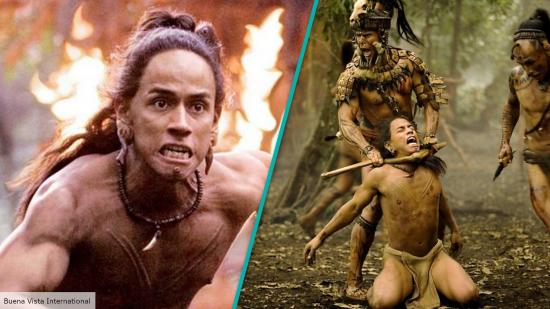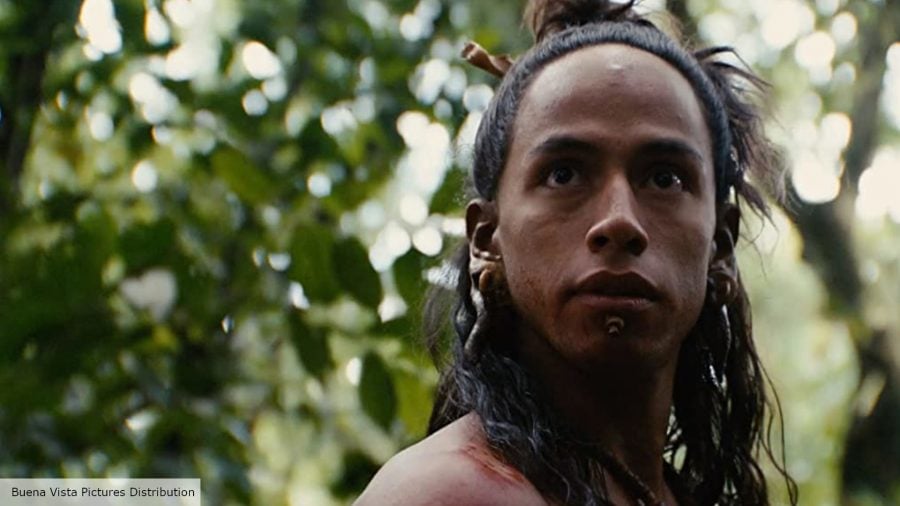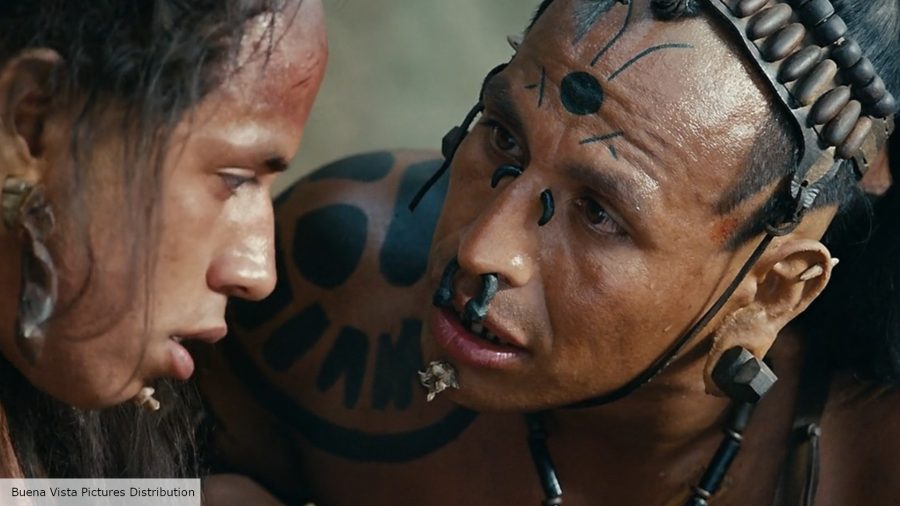In early December 2006, Mel Gibson’s rip-roaring Mayan action movie Apocalypto first plunged cinemagoers into the shoes (or should that be sore feet) of tribesman Jaguar Paw (Rudy Youngblood). To commemorate its 15th birthday, The Digital Fix got together over Zoom with award-winning director of photography Dean Semler who was there on the frontline for eight months in the Mexican rainforest.
Sipping between a cup of tea and a glass of grapefruit juice from his Los Angeles study, he kindly pulled back the curtain on what went down. “This is an extraordinary experience, not only in the shooting of the film but I was absolutely delighted with the end result. It’s something I’m very proud of,” he begins. “All the Hollywood people say it must’ve been tough, ‘Argh, all the snakes and mosquitos and the weather in the jungle,’ it was hard work, but it was fabulous.
“To me, it’s harder when you’re in a studio, and you’ve got all the studio executives and people standing around,” he continued. “This was one film, one director, one man, and that was Mel, and he was in charge totally. He was there all day every day and worked his guts out.”
Stretching to 138 minutes of unabated adventure, Apocalypto is the fruits of a filmmaker working at the top of his game. This 16th-century corker traces Jaguar Paw’s journey home after he and his people are captured by a tribe of slavers – Gerardo Taracena’s sadistic Middle Eye and Raoul Trujillo’s Zero Wolf – who are hot on his heels in a breathless second half before it serves up something of a Shyamalanian climax.
The project never received the same Oscar attention as Gibson’s other films – nominated for just Best Makeup, Sound Editing, and Sound Mixing (winning none). Gibson and Semler were pals since the Mad Max days – collaborating on We Were Soldiers years later while the former continued acting – so the tricky detail of having no script to show him didn’t matter.
Into the jungle: Best adventure movies
Instead, Gibson acted the whole thing out for him on a summer’s day. At the forefront of digital cinematography, Semler and his crew honed their skills on the new Panavision Genesis camera during the making of Click – one of the Adam Sandler greats, might we add – so they could utilise its techno-advantages in the dense, humid forestry.
“I think one of the difficult things for Mel was getting performances out of people. He worked so hard at that, and because the Genesis could run for 48 minutes normal speed, we just kept running without cutting,” Semler recalls. “Sometimes we ran for 45 minutes on a scene that might’ve been 35 seconds, and Mel would go in [directing the cast] again and again and again and again until he got the performance he wanted.”
The mantra ‘suffer for your art’ couldn’t have been more appropriate, especially for the boom operator, who was almost hospitalised after they’d finally called cut. As the crew contended with occasional bouts of ‘barley belly’, they were joined by snake handlers on set each day due to the omnipresence of pit vipers.
Then there’s the black panther, which tears after our hero in a late sequence. “We had a cable 30ft in the air running about 150 yards in the middle of the jungle tied up tight to two trees – a cable was attached to that, and on that cable was a really thick collar around the neck of the panther,” Semler tells us. “So the panther would be right down the end by the first tree in a cage, and there would be a cage down the other end; action would be called, and Rudy would run like hell, the panther would catch up to him almost, got within 20ft or so and then would veer off and go into the cage where its food was. Then the cable and the collar were removed digitally. Both Mel and I were great believers of getting stuff done in-camera and not with visual effects.”
Apocalypto: Best thriller movies
This extended to Apocalypto’s opening ‘character’ too, the Baird’s tapir. “What a crazy animal!” he notes, “We thought: ‘What are the chances of getting this shot, for God sake? It’s an untrained animal. It can’t be trained – how are we gonna get it to run right by the lens?’ So they fenced it off, this little path, and had it all greened out, and he came through on take two! I almost knocked the back box off the lens. So that was a wonderful surprise!”
It shines through the webcam just how blown away Semler remains by this experience. He applauds the wardrobe, hair, makeup, and set-building teams for their contributions – “It was almost like it was a documentary. Everything was so real. I’ve done a lot of ethnographic work with Australian aborigines and with tribes up in New Guinea, and this was like that, only we had a crew of 150 wandering around instead of three people.”
One final anecdote he’s keen to share concerns a stunt guy volunteering himself to be flung down the step pyramid as a sacrificed slave during the eclipse scene. After trying out articulated, live, and heavy headless dummies, the results on camera “just looked fake”, so he put his hand up to save their skin.
“He had a cable on him,” our interviewee reveals. “He had a crash helmet on that was painted green, and I think it was the longest staircase fall in cinema history.” That’s definitely one for the grandkids.
Human sacrifice: Best horror movies
Since Apocalypto’s release, only The Revenant has managed to truly recapture that potency of a merciless landscape. Leonardo DiCaprio’s betrayed frontiersman Hugh Glass had to negotiate mountain ranges and frozen lakes to collect his prize, with the production itself going down in cinematic lore for its extreme weather conditions.
Semler knows which one he’d rather be associated with. “I’d go back and do it all again tomorrow if I had to, but I don’t think I’d do it any different. I’m happy with every single shot.”


